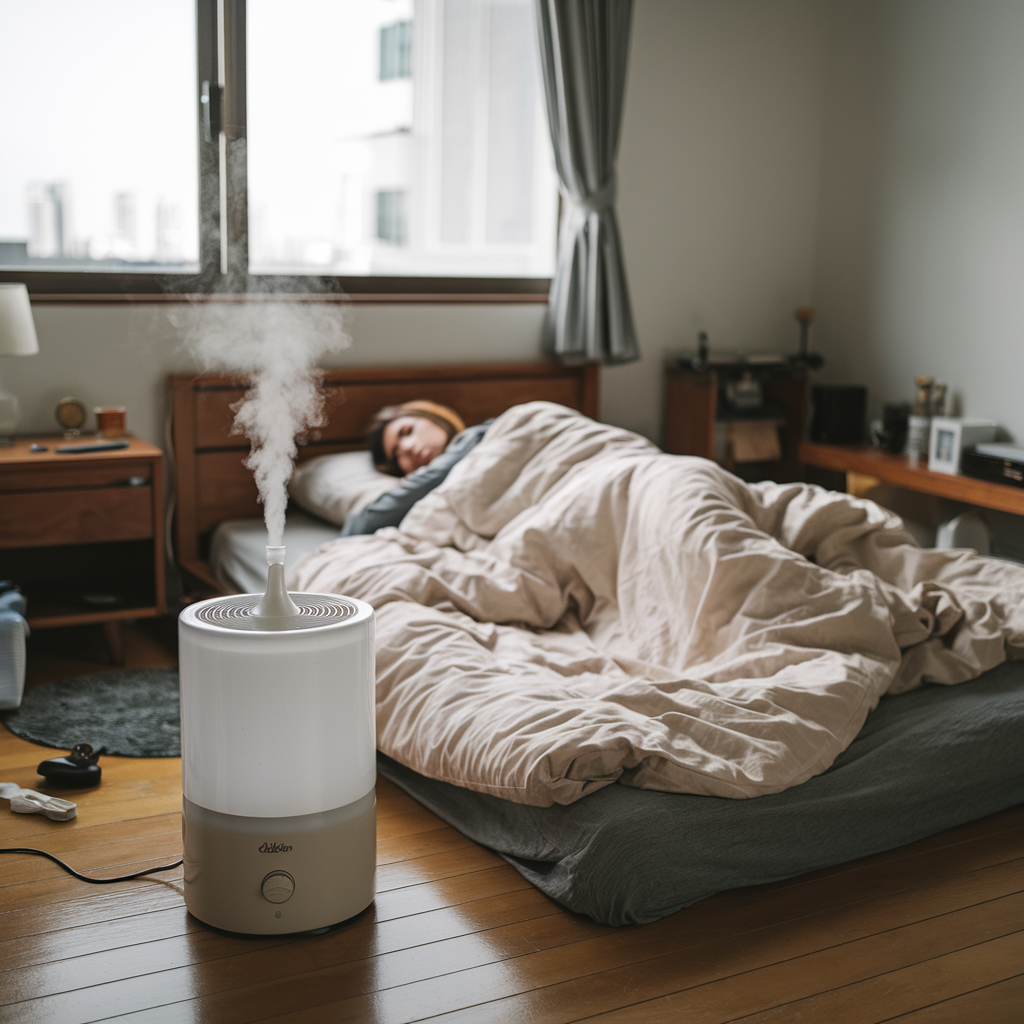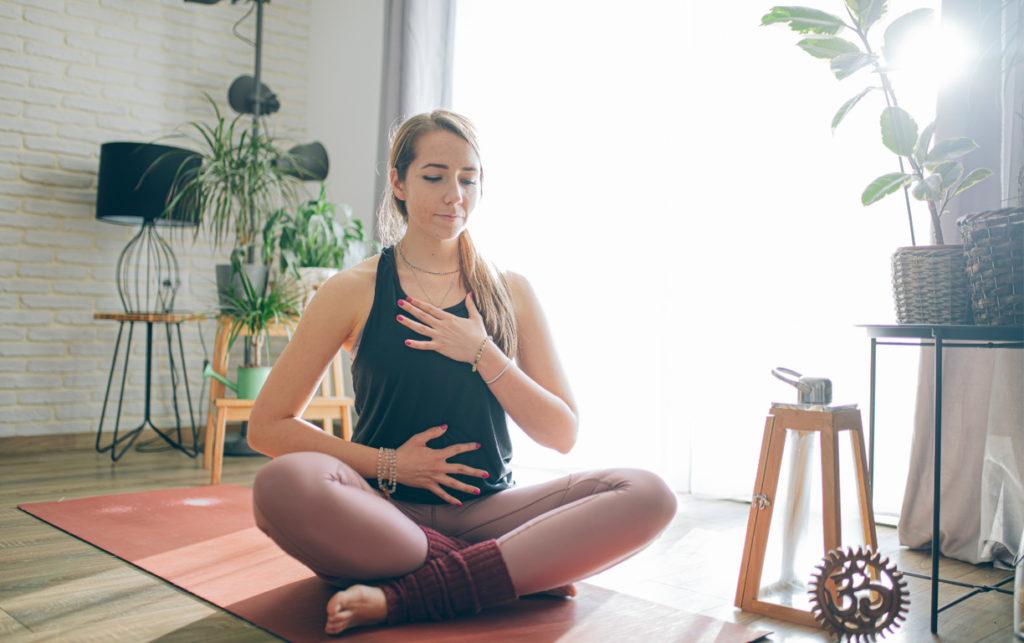Physical Address
304 North Cardinal St.
Dorchester Center, MA 02124
Physical Address
304 North Cardinal St.
Dorchester Center, MA 02124

As the seasons change and indoor heating kicks in, I often find myself wondering about the air quality in my home. Dry air can lead to discomfort and health issues, making it crucial to assess whether I need a humidifier. But how do I know if it's time to invest in one?
I’ve learned to recognize the signs that indicate low humidity levels. From dry skin and itchy eyes to persistent coughs and incr
As the seasons change and indoor heating kicks in, I often find myself wondering about the air quality in my home. Dry air can lead to discomfort and health issues, making it crucial to assess whether I need a humidifier. But how do I know if it’s time to invest in one?
I’ve learned to recognize the signs that indicate low humidity levels. From dry skin and itchy eyes to persistent coughs and increased static electricity, these symptoms can signal that my living environment lacks moisture. In this article, I’ll explore the telltale signs that suggest a humidifier might be just what I need to create a more comfortable and healthier home.

Monitoring humidity levels plays a crucial role in maintaining indoor air quality. Recognizing what constitutes healthy humidity can help determine if a humidifier is necessary.
Humidity refers to the amount of water vapor present in the air. It’s usually expressed as a percentage known as relative humidity (RH). High humidity indicates excessive moisture, while low humidity signifies dryness. Measuring humidity helps understand comfort levels and potential indoor air issues.
An ideal indoor humidity range typically falls between 30% and 50% RH. This range promotes comfort while minimizing health risks. Below 30% RH, you may experience dry skin, respiratory issues, and increased static electricity. Maintaining humidity within this range supports overall health and comfort, optimizing your living environment.
Recognizing signs of low humidity can help improve indoor air quality and comfort. Below are some specific indicators that suggest it’s time to consider a humidifier.
Different types of humidifiers serve unique purposes, catering to various needs and preferences. Understanding these types helps in selecting the right humidifier for my living space.
Cool mist humidifiers release a fine water vapor that cools the air in my room. This type helps alleviate dryness during summer months or in warmer climates. Warm mist humidifiers, in contrast, heat water to produce steam, providing warmth along with moisture. This option is especially beneficial in colder months, as warm mist can help soothe respiratory symptoms. I consider my comfort and the season when deciding between cool and warm mist options.
Ultrasonic humidifiers utilize high-frequency vibrations to create a cool mist, consuming less energy and operating quietly. They require minimal maintenance, making them convenient for daily use. Evaporative humidifiers use a fan to blow air through a wet wick, filter, or pad, naturally distributing humidity into the air. This type self-regulates, as it only releases moisture until the desired humidity level is achieved. I evaluate my lifestyle and preferences to select between these two efficient technologies.
Using a humidifier offers several advantages that enhance both health and comfort. Understanding these benefits helps me appreciate the importance of maintaining optimal humidity levels in my living space.
Humidifiers significantly improve health by alleviating symptoms related to dry air. They provide relief from dry skin, preventing irritation and cracking. Humidifiers also help ease respiratory issues, reducing the severity of allergies and asthma, and promoting clearer airways. Increased humidity supports the respiratory system in fighting off infections, as it helps maintain the mucous membranes’ moisture, enhancing their ability to trap dust and allergens. Overall, consistent use of a humidifier can contribute to fewer colds and respiratory infections.
Humidifiers contribute to overall comfort and well-being in my home. Maintaining humidity levels between 30% and 50% keeps indoor air comfortable, minimizing static electricity and preventing discomfort caused by dry nostrils and throats. This consistent moisture levels create a pleasant atmosphere, making daily activities more enjoyable. Moreover, adequate humidity protects my furniture and houseplants, preventing cracking and wilting. The soothing effects of a well-humidified space promote relaxation, enhancing my overall quality of life.
Recognizing the signs of low humidity is key to ensuring a comfortable living space. If you’re experiencing dry skin or persistent coughs it might be time to consider a humidifier. Monitoring your indoor humidity levels can make a significant difference in your health and comfort.
Choosing the right humidifier tailored to your needs can enhance your well-being and protect your home. Whether you opt for a cool mist or warm mist model understanding your environment will help you make the best decision. Investing in a humidifier could be one of the simplest ways to improve your indoor air quality and overall quality of life.